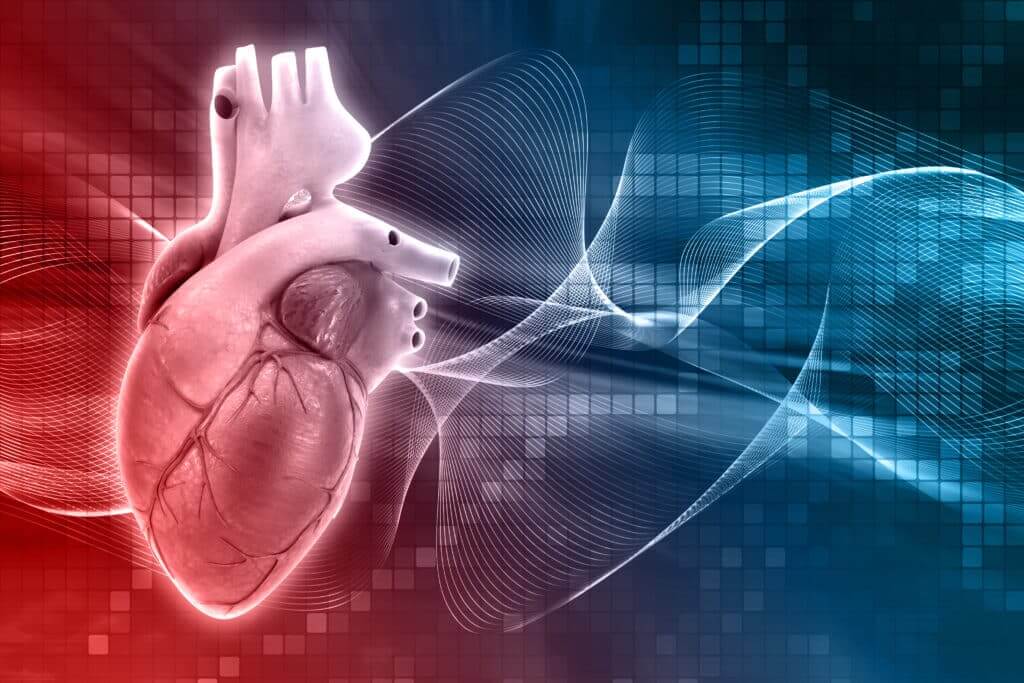The newest guidelines for the diagnosis and treatment of patients with Acute Coronary Syndromes were presented at the recent Pan-European Cardiology Congress.
She writes:
Penelope Rafoulis-Stergiou, MD, PhD
Director of the Cardiology Department Therapis General Hospital
Cardiovascular disease (CVD) remains the most common cause of mortality and morbidity worldwide.
In the 57 member countries of the European Society of Cardiology (ESC) alone, we had almost 4 million deaths and an estimated 5,8 million new cases of ischemic heart disease in the last recorded year.
Acute coronary syndrome (ACS) is often the first clinical manifestation of KAN. They include a spectrum of conditions involving patients presenting with recent changes in clinical symptoms or signs, with or without 12-lead electrocardiogram (ECG) changes, and with or without acute increases in cardiac troponin (cTn) values.
OSA is associated with a wide range of clinical manifestations, from patients without symptoms at presentation to patients with ongoing chest discomfort/symptoms and patients with cardiac arrest, electrical/hemodynamic instability, or cardiogenic shock.
Patients with suspected ACS are typically classified based on the ECG at initial evaluation. After that, patients can be further classified based on cardiac troponin elevation, as shown in Figures 2 and 3. These features (ECG changes and cardiac troponin elevation) are essential in the initial screening and diagnosis of patients with ACS, helping stratification and guiding the initial treatment strategy (coronary angiography, angioplasty, etc.).
However, after the acute management and stabilization phase, most aspects of the subsequent management strategy are common to all patients with OSA.
Although closely related, it is essential to recognize that ACS is not the same as myocardial infarction (MI). Acute myocardial infarction is defined as myocardial cell necrosis in the clinical context of acute myocardial ischemia. Myocardial injury is another distinct entity used to describe troponin release due to mechanisms other than myocardial ischemia and does not meet the criteria for EM. Some causes of myocardial damage include myocarditis, sepsis, takotsubo cardiomyopathy, valvular diseases, cardiac arrhythmias, and heart failure.
It is worth noting that the acute chest discomfort — which can be described as pain, pressure, tightness, a feeling of heaviness or burning — is the main symptom raising the suspicion of OSA and initiating tests included in specific diagnostic algorithms.
Based on the description of the chest pain, the symptoms should be classified as cardiac, possibly cardiac, and possibly non-cardiac. The terminology “informal” that has been used until now should be avoided. Equivalent symptoms include shortness of breath and pain in the stomach, left or right upper limb, neck, or lower jaw. Misdiagnosis or delayed diagnosis is sometimes due to an incomplete history or the absence of symptoms. Symptoms such as prolonged chest pain (>15 minutes) and/or recurrent episodes of pain within 1 hour should prompt patients to seek emergency medical assistance. It is recommended that electrocardiographic monitoring be started as soon as possible in all patients with suspected ACS.
Book your appointment today at the cardiology department of Therapis General Hospital:
210 729 1111
Astydamantos 83, Athens
Find Therapis General Hospital on social media:
Instagram | Facebook | LinkedIn | YouTube
Source: Byrne RA, et al. 2023 ESC Guidelines for the management of acute coronary syndromes. Eur Heart J. 2023 Aug 25;ehad191

